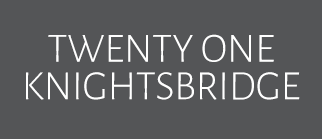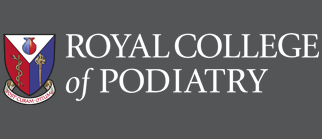In foot pronation of the heel rolls inward, the arch usually flattens and often the feet point outward. Over-pronation becomes noticeable when we stand or walk as a result of weight bearing. At first, over pronation may cause fatigue. As the problem gets worse, strain on the muscles, tendons, and ligaments of the foot and lower leg can cause permanent problems and deformities. This causes the joint surfaces to function at unnatural angles to each other. When this happens, joints that should be stable now become very loose and flexible. Over-pronation is a biomechanical imbalance that can lead to many painful foot conditions such as heel pain, heel spurs, tendonitis, and can even affect other parts of your body such as the knees and lower back.
Signs and symptoms of Flat Feet or Over Pronation:
Over pronation can cause a number of ailments that affect the foot, ankle, knees, hips and back. Some of the more common symptoms of over pronation are listed below.
- Arch Pain, Flat Feet.
- Bunions (Hallux Abducto Valgus), Hallux Rigidus (stiff 1st toe).
- Hammer Toes, Metatarsalgia (ball of the foot pain).
- Corns and Calluses.
- Heel Pain (Planter Fasciitis).
- Ankle Sprains.
- Shin Splints.
- Achilles Tendonitis.
- Knee Pain.
- Hip Pain.
- Back Pain.
Treatment of Flat Feet or Over Pronation:
- Wearing supportive well-fitted footwear can relieve any aching caused by flat feet.
- Pronation is bio-mechanical problems, and are best treated and prevented with orthotics. See a podiatrist for a comprehensive examination of your complaints.
- A flat foot caused by a ruptured tendon or arthritis can often be treated with painkillers and an orthotics.
Arrange A Flat Feet Assessment Appointment
If you would like to make an initial booking enquiry for a Flat Feet assessment at the Walk IN Foot Clinic then please submit your details below with a preferred day and we will get back to you as soon as possible with a confirmation of your appointment or suggest an alernative.









